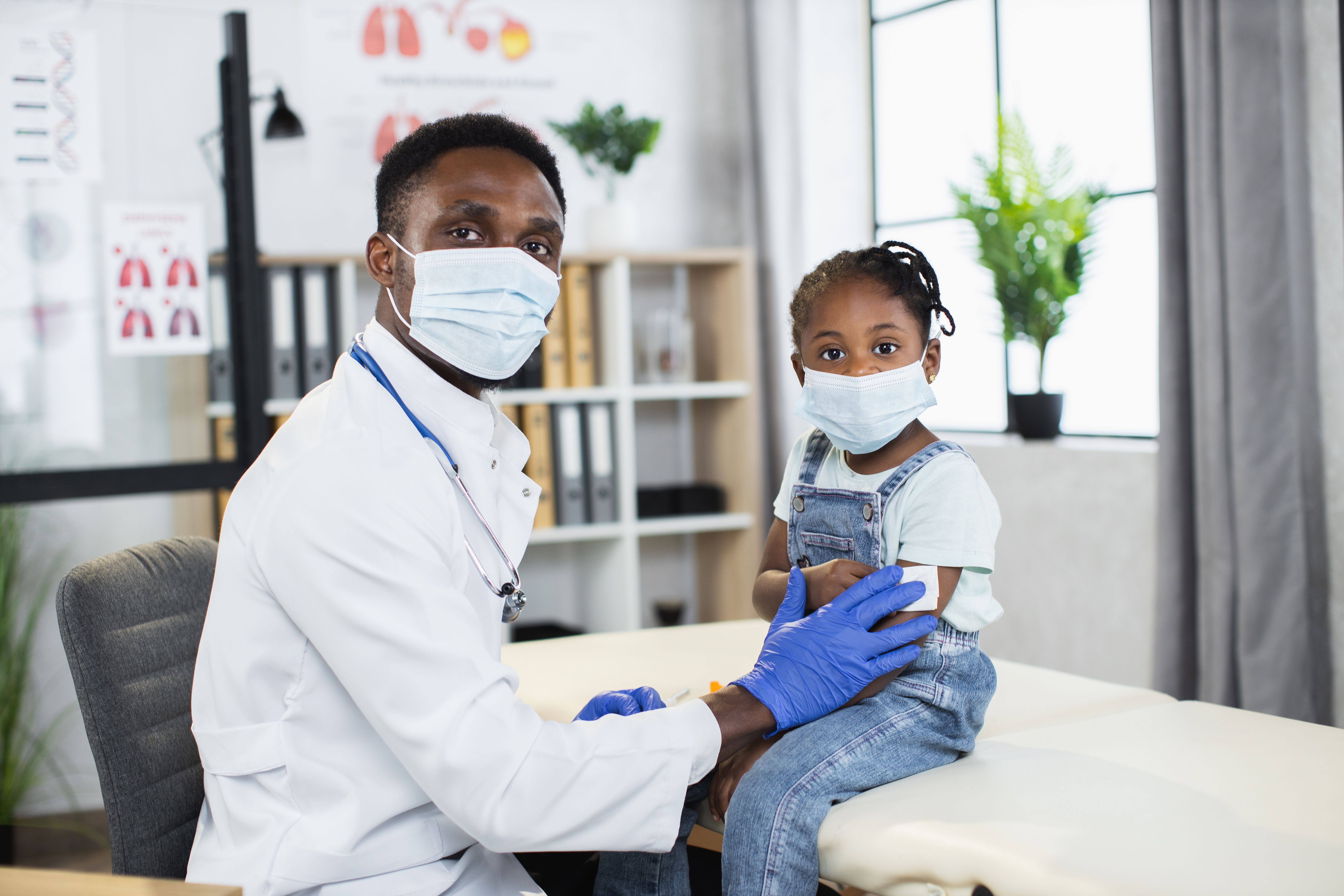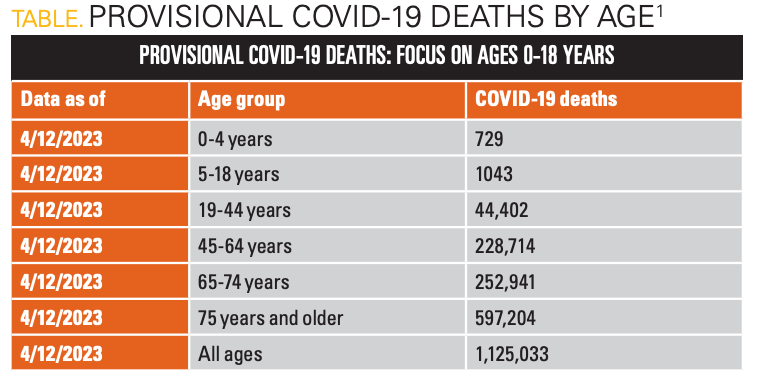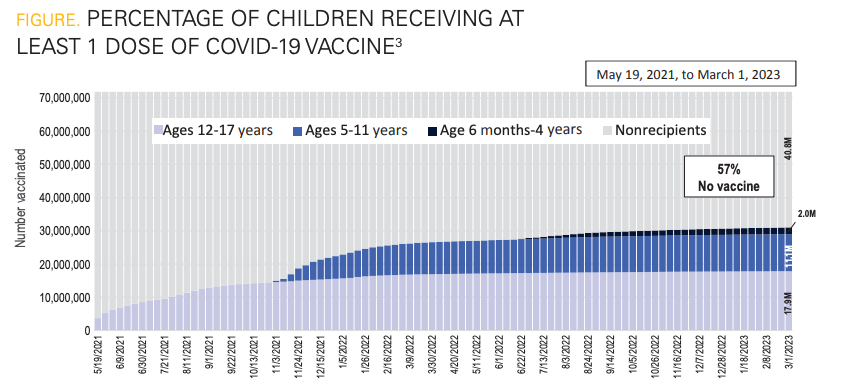[ad_1]
What are the health care protocols in a postpandemic world? | Image Credit: © sofiko14 – © sofiko14 – stock.adobe.com.

In early April, everyone at our clinic here in Nashua, New Hampshire received an email that read, “effective immediately, masking is optional.” This was greeted with cheers, and everyone removed their masks. There were tears in our eyes, and we commented how wonderful it was to see smiling faces after 3 long years of wearing masks throughout our workday.
The CDC ends the COVID-19 “Public Health Emergency” on May 11, 2023, along with the many policies associated with the pandemic. How this will play out in terms of who will still be masking, how many children and adolescents will continue to get whatever boosters are required for COVID-19 vaccinations, and how often practitioners will recommend testing for COVID-19 remains to be seen.
A brief look back
On January 31, 2020, US Secretary of Health & Human Services Alex Azar declared the COVID-19 virus (coronavirus disease 2019) a public health emergency and ordered all US citizens returning from the Wuhan, China, region to quarantine for 2 weeks. On March 11, 2020, the World Health Organization declared the COVID-19 outbreak a global pandemic.
We all remember what followed. Many persons were hospitalized, intensive care units were fully occupied, and too many patients died (Table).
Our response to the pandemic was heroic: Rapid diagnostic tests were quickly distributed, personal protective equipment (PPE) was secured, and vaccines were developed in record time.

During the past 3 years, pediatricians did their best to help patients and parents through the pandemic. We wore masks to safeguard ourselves and patients from this terrible illness, and eagerly sought to be vaccinated—all the while hoping the pandemic would soon be over. Unlike the influenza pandemic of 1918, which lasted 2 years, the COVID-19 pandemic is only now subsiding after 3 very long years. We are all curious regarding the effects of unmasking and the CDC relaxation of COVID-19 policies.
Now that we have officially unmasked, I have made several observations. First, it has taken some time to get reaccustomed to the “unmasked” experience. I find myself reaching impulsively for the mask that is no longer there. The bridge of my nose is slowly resolving the chronic reddened indent from wearing a mask every day. I have thoroughly enjoyed seeing my patients’ (and their parents’) faces once again. Despite my hearing aids, during the pandemic I continued to have trouble hearing responses to my questions, as voices were muffled by masks and I could no longer depend on lip reading to assist my understanding. Now I rarely need to have patients or parents repeat themselves.

After that office email, a considerable number of staff continued to wear masks. When questioned, most said a medical office is a high-risk environment, and masking prevented most from contracting respiratory infections during the past 3 years. Many of our patients continue to mask as well. Interestingly, one of our staff, fully vaccinated and boostered, contracted COVID-19 just 2 days following our unmasking. Was this coincidence, or a consequence of masking being optional?
Although we all wish to go back to “normal” prepandemic pediatrics, I fear that, realistically, COVID-19 has forever changed pediatric practice. Postpandemic pediatrics will include an abundance of caution regarding safeguarding office staff from COVID-19 and other respiratory infections, many of which appear quite virulent (we have just gotten over a bad flu season, and there is currently an outbreak of strep pharyngitis here in New Hampshire). It is obviously prudent to wear masks when providing care to children with acute respiratory illness, and this is a practice I would expect most providers and staff to continue for a very long time. And we will never run out of PPE again.
We were fortunate that pediatric patients generally did not have severe illness when they contracted COVID-19. This was certainly not the case with children’s parents and grandparents, and all too many families experienced a pandemic-related death. A recent study suggests that young children mount a T-cell activation when exposed to non–COVID-19 seasonal coronavirus infections, which either prevents COVID-19 infections or provides enough protection to render most infections mild.2
In addition, despite the endorsement of the American Academy of Pediatrics (AAP) and the CDC, not many young children were vaccinated against COVID-19 once the FDA approved use of the vaccine in children, eventually allowing it to be administered to those as young as 6 months. As of March 1, 2023, according to the CDC, 68% of children aged 12 to 17 years have received at least 1 dose of COVID-19 vaccine, in contrast to 39% of children aged 5 to 11 years, and only 12% of children aged 6 months to 4 years (Figure).3 This vaccine hesitancy was no doubt related to the perception among many parents that the COVID-19 vaccine was rushed to the market and was not as thoroughly tested as the routine vaccines children receive.
After the COVID-19 public health emergency, there will no longer be free COVID-19 test kits distributed by the government, and antivirals may need insurance approval. Hopefully, now that virtual medical visits have been embraced by patients and providers, insurance companies will continue to pay for these visits at parity with in-office visits. We will just need to wait and see.
Reference:
1. Provisional COVID-19 deaths: focus on ages 0-18 years. CDC. April 12, 2023. Updated April 19, 2023. Accessed April 19, 2023. https://data.cdc.gov/NCHS/Provisional-COVID-19-Deaths-Focus-on-Ages-0-18-Yea/nr4s-juj3
2. Humbert M, Olofsson A, Wullimann D, et al. Functional SARS-CoV-2 cross-reactive CD4+ T cells established in early childhood decline with age. Proc Natl Acad Sci U S A. 2023;120(12):e2220320120. doi:10.1073/pnas.2220320120
3. American Academy of Pediatrics. Children and COVID-19 vaccinations trends. March 1, 2023. Accessed April 19, 2023. https://downloads.aap.org/AAP/PDF/Child%20Vaccinations%20Report%20US%20Cumulative%20and%20Weekly%203.1.2023.pdf
[ad_2]
Source link


